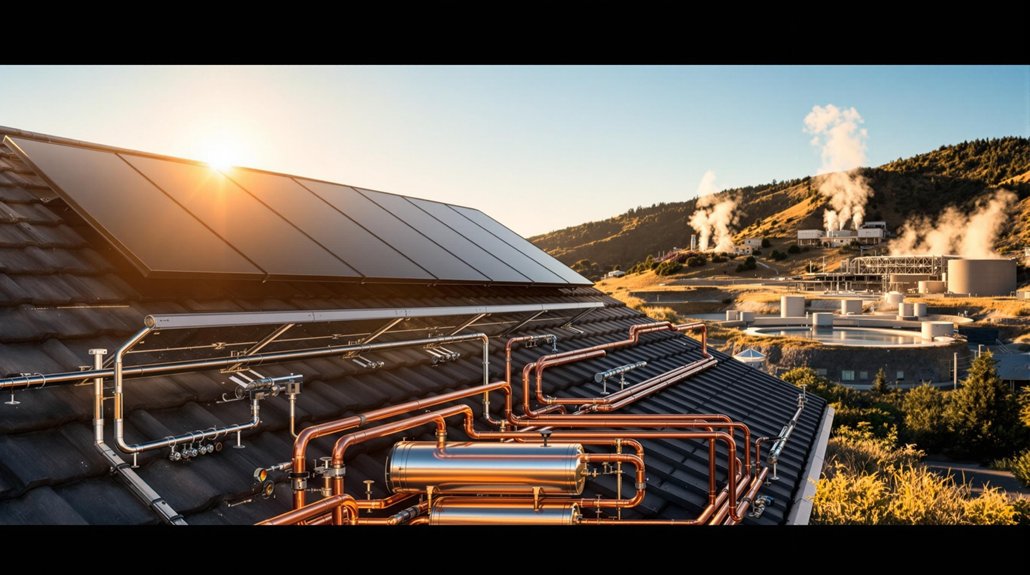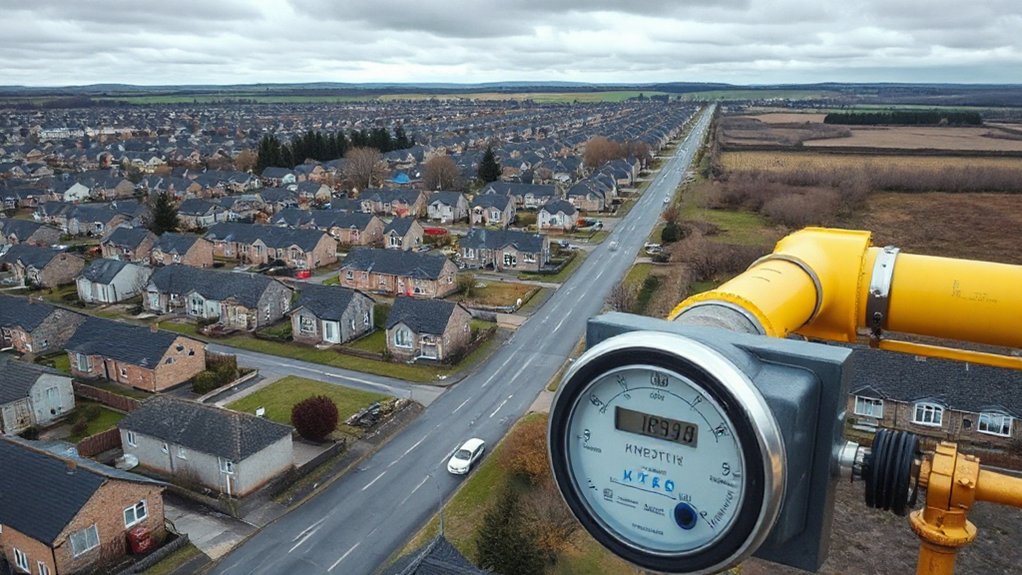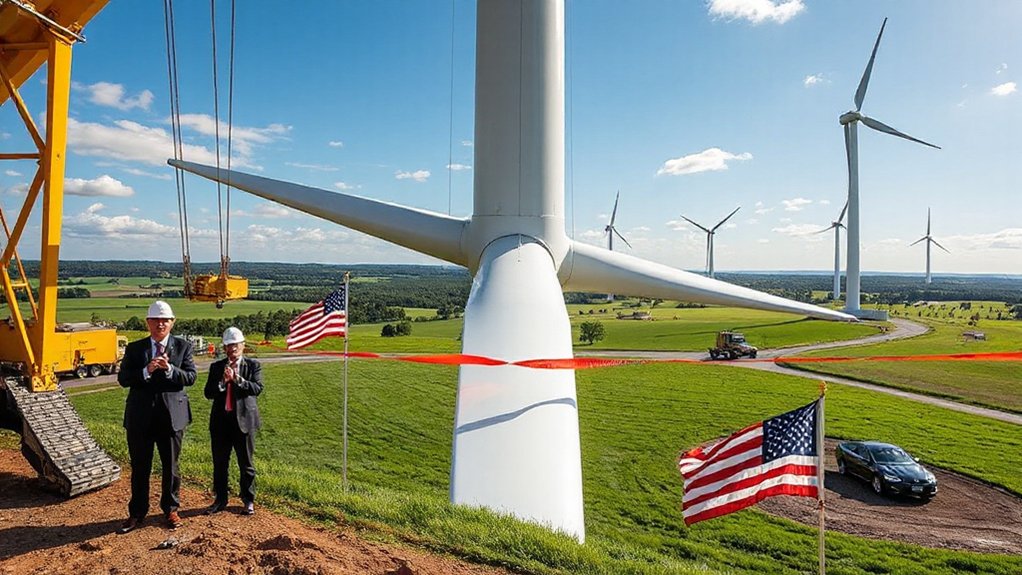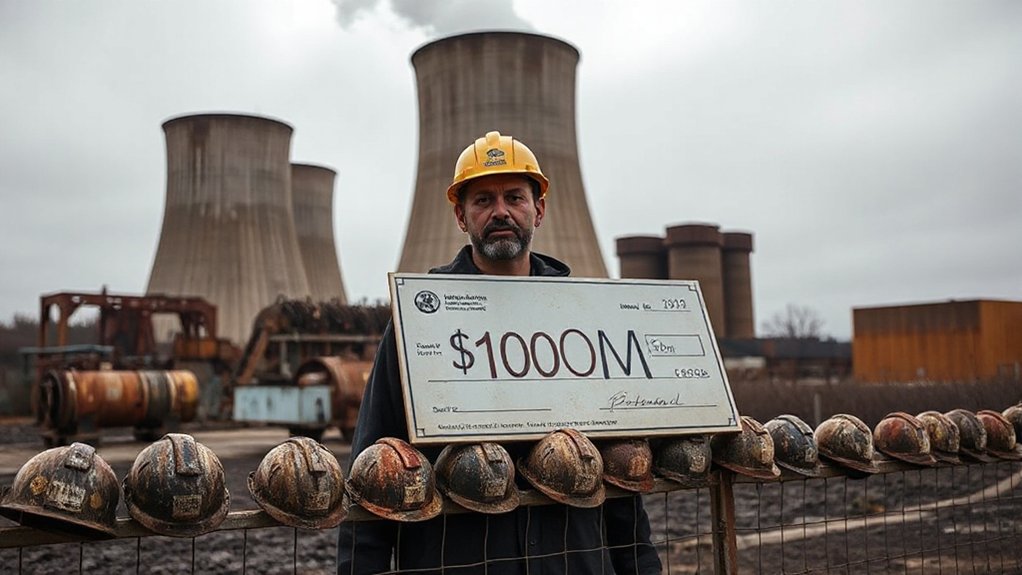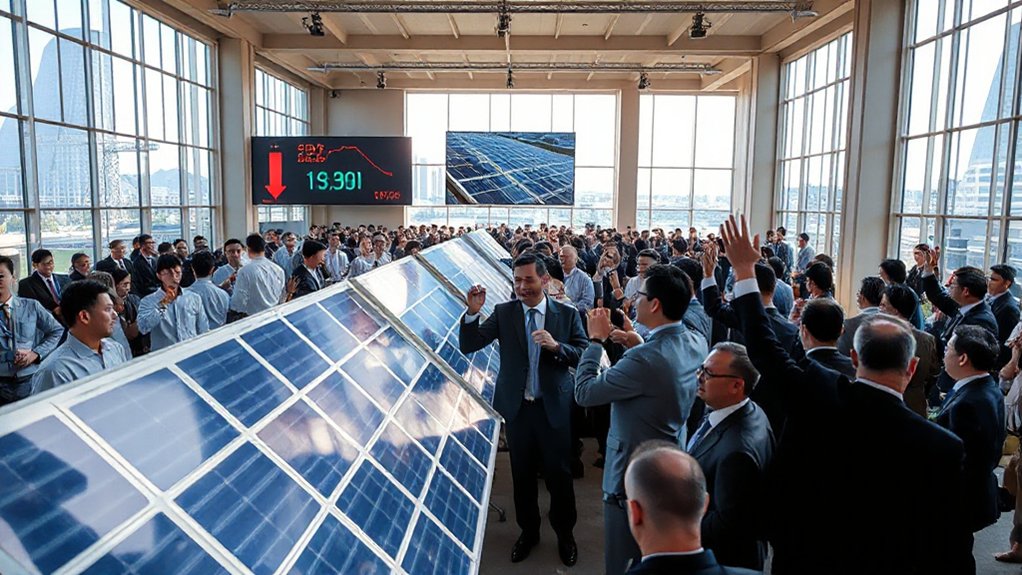Thermal energy solutions offer practical ways to harness heat sustainably. Solar thermal systems can reduce building energy costs by 50-80%, while geothermal energy provides consistent power with 30-70% heating savings. Biomass thermal energy utilizes organic materials, comprising 9% of global energy supply. Waste heat recovery boosts efficiency by up to 50%, expected to become a $114.7 billion market by 2028. These technologies combine immediate financial benefits with significant environmental advantages.
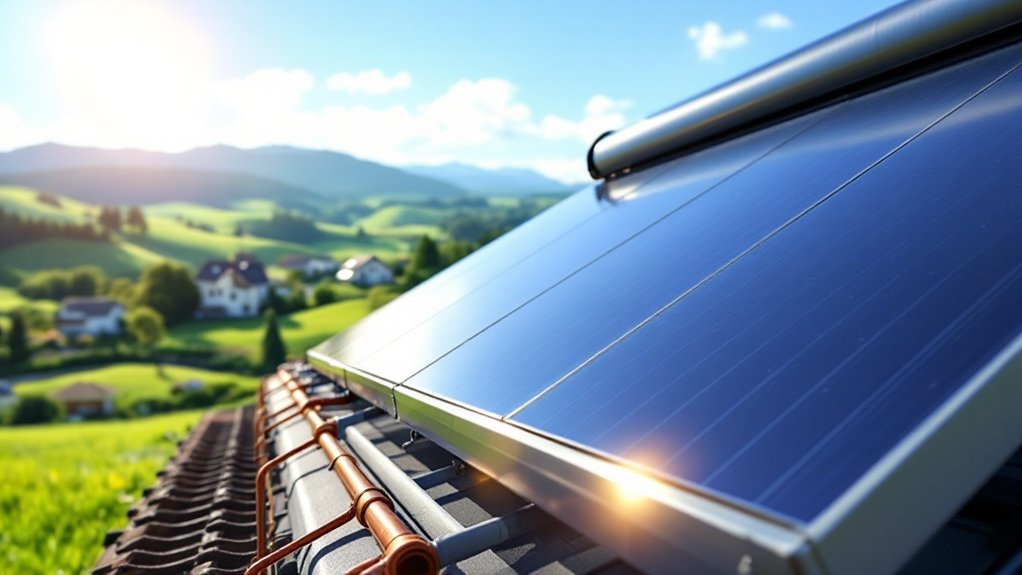
Heat is powering a revolution in clean energy across the globe. As countries seek cleaner alternatives to fossil fuels, thermal energy solutions are gaining attention.
Solar thermal systems convert sunlight directly into heat for water and space heating in homes and businesses. These systems can cut building energy costs by 50-80%, making them attractive for property owners.
Solar thermal technology transforms sunshine into immediate savings, slashing energy costs by up to 80% for forward-thinking property owners.
Geothermal energy taps into Earth’s natural heat. Unlike wind or solar power, geothermal provides steady energy 24 hours a day. Global capacity reached 15.9 GW in 2020, and users report heating cost savings between 30-70%. This technology works well for both homes and large power plants. Geothermal power plants offer low operating costs while maintaining a lifespan that often exceeds 25 years.
Biomass thermal energy uses plant and animal materials to create heat or electricity. It makes up 9% of global energy supply today. When wood pellets and other biomass fuels come from sustainable sources, they can be carbon-neutral. Modern pellet boilers achieve impressive 85-90% efficiency rates.
Industries are finding ways to capture and reuse waste heat from their operations. This practice can boost energy efficiency by 10-50% and is expected to grow into a $114.7 billion market by 2028. Data centers, factories, and power plants all benefit from waste heat recovery. Waste heat recovery significantly enhances industrial energy efficiency while reducing greenhouse gas emissions.
Thermal energy storage lets us save excess heat for when it’s needed most. Technologies like molten salt storage in solar power plants and phase change materials that store up to 14 times more heat than water are changing how we use renewable energy. Phase change materials offer high energy storage density while maintaining a constant temperature during the storage process. This market is projected to reach $51 billion by 2030.
District heating networks deliver heat to multiple buildings from a central source. These systems serve 60 million Europeans and save 113 million tons of CO2 each year. They’re especially valuable in cities, where they improve air quality by replacing individual heating systems.
For manufacturing, which uses 74% of its energy as heat, options include solar thermal for processes up to 400°C, geothermal for lower temperatures, and biomass for high-heat applications over 1000°C.
Frequently Asked Questions
How Much Does Thermal Energy Storage Installation Cost?
Thermal energy storage installation costs vary widely.
Basic systems using water or rocks range from $20-$80 per kilowatt-hour, while advanced systems using special materials cost $80-$500. The global average is about $232 per kilowatt-hour.
Total costs depend on size, technology type, and location. Materials typically make up 30-50% of expenses, with the rest covering equipment, installation, and control systems.
Can Thermal Energy Systems Work During Power Outages?
Thermal energy systems can work during power outages.
These systems store heat or cooling for later use, providing backup for 1-2 hours typically. Some designs need minimal power to operate.
Ice-based storage uses just one-fifth of the energy that regular chillers require. When paired with microgrids, they can support facilities for extended periods, maintaining critical temperatures within 2-3°C of normal settings.
What Maintenance Do Geothermal Heating Systems Require?
Geothermal heating systems require regular maintenance to guarantee peak performance. Homeowners should schedule annual professional inspections and monitor for unusual noises.
The maintenance checklist includes checking antifreeze levels in ground loops, replacing air filters every 3-6 months, and cleaning heat exchanger coils annually.
Outdoor components need inspection for ground settling and leaks. Every 2-3 years, pressure tests should be conducted on closed-loop systems to verify integrity.
How Long Do Thermal Solar Panels Typically Last?
Thermal solar panels typically last 20-30 years, with high-quality systems potentially reaching 30+ years. They degrade at a rate of 0.5-1% annually.
Most manufacturers offer 25-year performance warranties, though panels often remain functional beyond this period. Longevity depends on material quality, installation expertise, local climate, and maintenance frequency.
Regular cleaning and inspections help maximize their lifespan. Signs of aging include decreased output and visible physical damage.
Are There Tax Incentives for Residential Thermal Energy Systems?
Several tax incentives exist for residential thermal energy systems.
The Federal Residential Clean Energy Credit offers a 30% tax credit through 2032 for solar thermal and geothermal installations with no dollar limit.
Homeowners can also access the Energy Efficient Home Improvement Credit, providing up to $3,200 annually.
Many states offer additional benefits including tax credits, rebates, and property tax exemptions.
These incentives greatly reduce installation costs.
